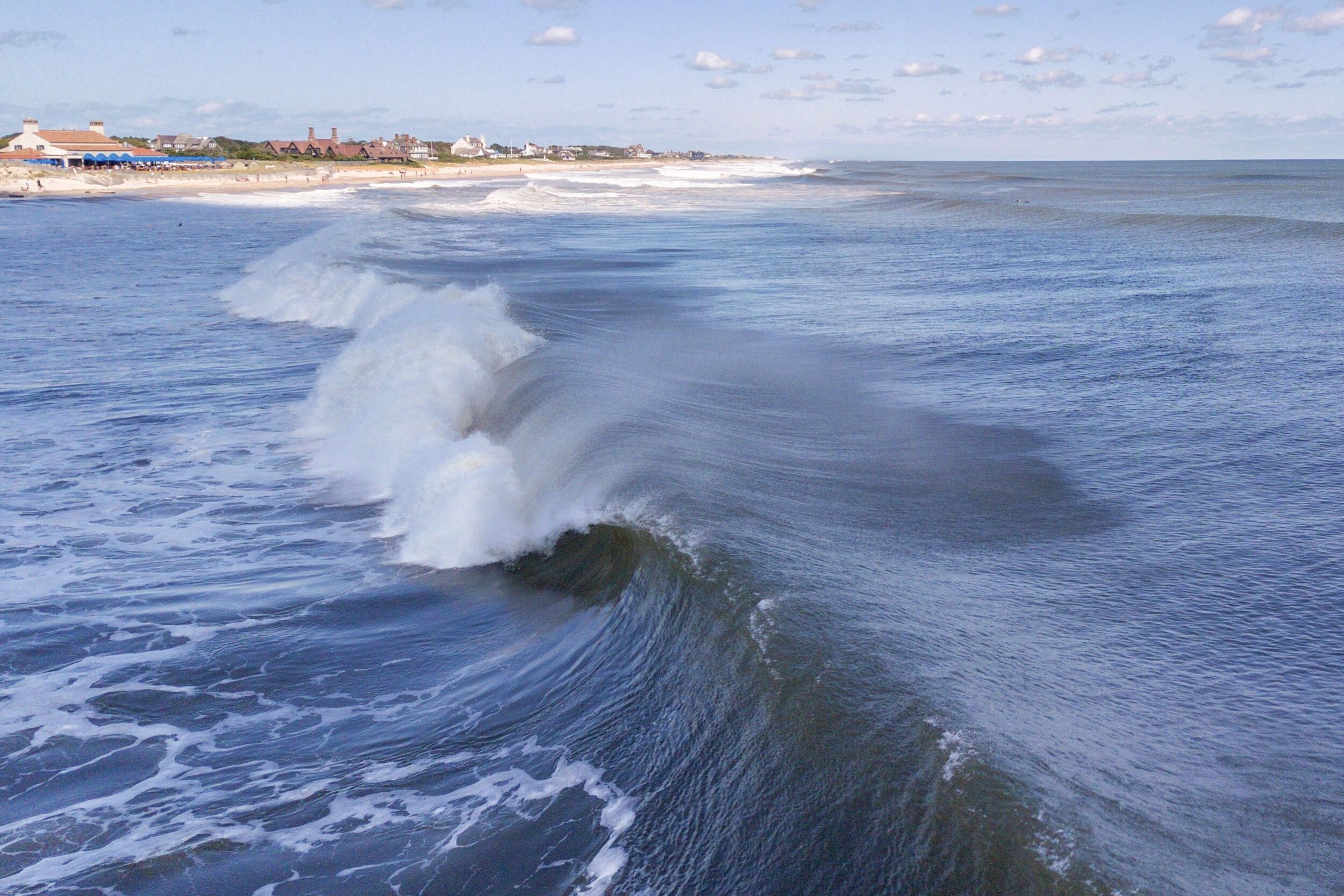What You Should Know About Swell Periods and Direction
Swell periods and directions are a complicated subject. Even the most experienced surfers may not know exactly when the best swell periods are and what the best swell directions are. In simplest terms, swell period refers to the timing of a set waves that are coming in. According to Surfline, “By definition, swell period/interval is the time required for one complete wavelength to pass a fixed point, and it is given in seconds.”
Now that we know the definition of swell periods, let’s breakdown some general rules of thumb for swell periods, types of swell periods and everything you need to know about swell direction.
General Swell Period Rules and Types of Swell Periods
When it comes to swell periods, there are some general rules of thumb to consider if you are thinking of heading out and catching some waves. These general rules include the shorter the swell period, the weaker the waves and the longer the swell period, the more powerful the waves. This makes sense, as motion creates motion.
Swell period is important because it can determine if there are good waves or not. However, the ideal swell period for every surf break in the world is different depending on the surf break. Surf breaks include beach breaks (waves breaking on the beach), point breaks (waves breaking left or right of a point of land) and reef breaks (waves breaking over a coral reef).
There are various types of swell periods and wave conditions. These include:
1-5 second swell period: These are typically caused by local winds. Some characteristics of this swell period include bumpy, choppy and weak waves. Wave break is typically right behind each other making this type of swell period hard to surf since it’s the start of very small waves forming.
6-8 second swell period: These are typically caused by regional wind swells. Some characteristics of this swell period include more organized waves, powerful and better shaped waves than those of the 1-5 swell period. This swell period is the most common condition at Folly Beach that surfers find surfable. Light or offshore winds help with organization of these swells.
8-10 second swell period: These are typically medium distance swells. This period starts to roll in from hurricanes and other pressure systems. This swell period usually includes good conditions and is organized, making it ideal for Folly Beach.
10-16 second swell period: These are called “groundswells” and are created at a considerable distance from the coast by powerful storms (hurricanes). Some characteristics of these swells include powerful, defined sets. These swells are ideal for point breaks; however, they can cause waves to close out quickly (meaning crashing at once) for beach breaks. This is especially true for Folly as you get closer to the 16 second swell period.
16 + second swell period: This swell period is extremely powerful and only certain point breaks can handle this type of swell period. This swell period has the potential to create epic and extremely high quality waves, if you are at the right point break; however, this swell period is not safe for beginners due to its power.
Swell Direction
Swell direction is the direction from which the swell is coming. It is measured in degrees (as on a compass), and often referred to in general directions, such as a north-northwest or southwest swell. Swell direction is an important factor to consider because it can determine the quality of waves. Every beach in the world has a different swell direction. For Folly Beach the best swell direction is south or southeast with short to mid period swell periods (6 to 10 seconds).
We want swell directions that hit us directly and are not angled such as northeast. When we get northeast angled swells, a lot of the swells miss us. These swells end up hitting North Florida leaving us with very drifty weak waves.
Knowing the different periods and swell directions can help you plan for the best surfable day on the water. Not every day is going to have ideal conditions, but knowing what to look for, can help you take advantage of the most ideal days in the water on Folly and elsewhere.

